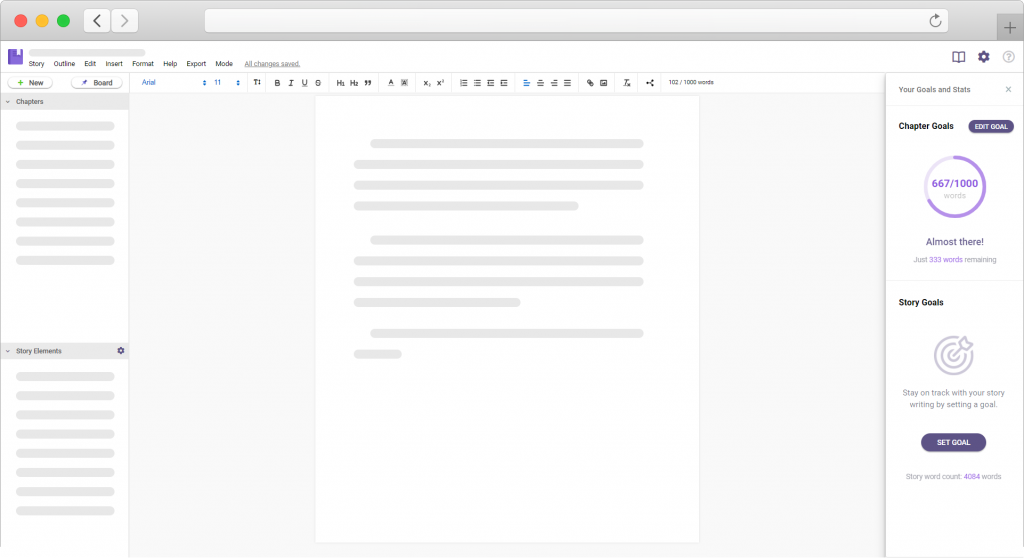Writing the Best Villain

“Where would a good hero be without a villain? I mean, why would the hero even need to save the day? There is no bad guy.”
And so you see, every author needs to write a villain for their novel. But a great novel needs an even greater villain. As it’s the villain who will oppose the hero and try to thwart any attempts at saving the day.
Because of this, it should be clear it’s the villain who truly dictates the direction of your plot. The greater the challenge posed by the villain, the greater the hero’s achievement. The more evil and cruel your villain is, the more heroic your hero will be. So the hero’s claim to glory depends on how well you’ve written the villain.
But the problem is we often think the hero is the main character and end up focusing on their characteristics. For me, the hero is fully dependent on the antagonist. Great villains make great heroes. This is why it’s so important to make sure you’ve got your villain right.
To help you here´s a group of certain characteristics that all ‘good’ villains share. Include these characteristics in your villain to ensure the villain remains memorable.
A Believable backstory
A great villain has a larger-than-life personality that leaps off the page. For that to happen you need to weave an intricate backstory. With the aid of archetypes, create depth in your villain allowing them to stand out from the crowd. Your readers will be able to identify and sympathize with your villain.
Realistic motives
Whatever evil and vile act your villain may be doing, the big question is what’s the motive for this mad rampage. The readers need to know why your villain is behaving this way and more importantly make it so that it is a believable reason. Your villain needs to be taken seriously. All great villains have their own warped world view, believing they are doing the right thing and they are not just being evil for evil’s sake.
Strong competition
A weak villain who is easily defeated won’t keep your readers locked to your story. In fact, they won’t feel the need to carry on reading your novel. A great villain needs to be strong and intelligent enough to go toe to toe with your hero, leaving your readers in suspense throughout the novel.
Thrilling villain
Everybody loves a good villain. An indication you have written a great villain is your reader loves to hate your antagonist. To get to that level ensure your villain has some or plenty things about them that makes your readers absolutely abhor them.
Remembering all the needs of your characters could be hassle since there is so much to take into a count. For this type of issues though, there is LivingWriter! With features like Story Goals, you can keep a nice checklist of all the things you have left to do to create awesome characters and improve them, so don’t miss a single extra second and give it a go!

Now that you have the characteristics all great villains share in your arsenal, here are some tips for writing a villain:
1. Base on a true story.
Write a brief sketch of your villainous character based on someone you may have come across in real life, the news, or heard about in the past. Include their good and bad attributes, how they look/dress and what goes on in their head etc. After you’ve gathered enough information to model that person, let your imagination free and add, remove and change aspects from your character sketch until you come up with someone completely unique.
2. Empathize
Everyone has done something bad at some point in their life. Use this experience to delve deeper as to why your villain is behaving the way they are. Think of incidents or problems you’ve been through and what your response was. Ponder over these emotions and temptations to behave badly and employ them for your villain.
3. Drive
Explore the factors which drive your villain. Just like how the good guys have a motivation, knowing the motivation for your villain will open up a new dimension. The personality and objectives of your villain will become clearer, making it easier for the readers to connect with the villain and capture their attention.
4. First impressions matter
Let your readers know who the villain is right from their first meeting. This will send an early warning to the reader to get ready for future events in the plot and firmly embed the antagonist in the reader’s mind. Get your villain off to the ‘best’ start possible.